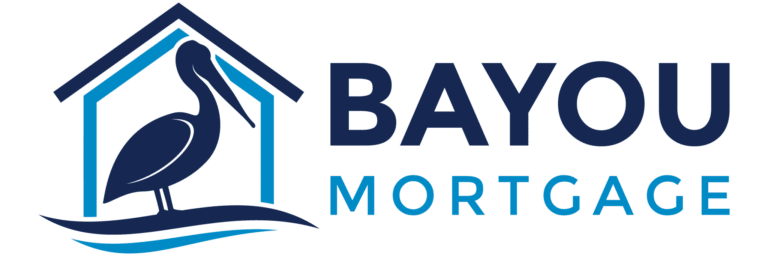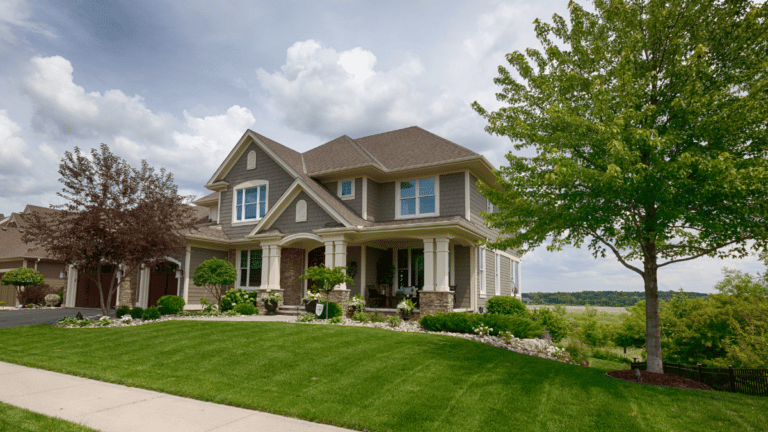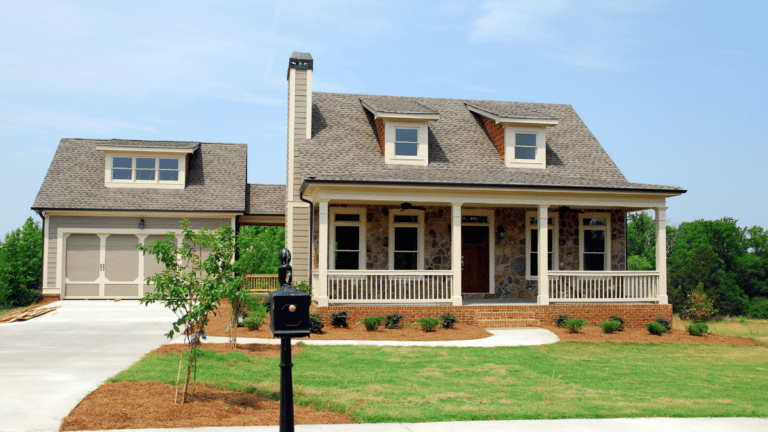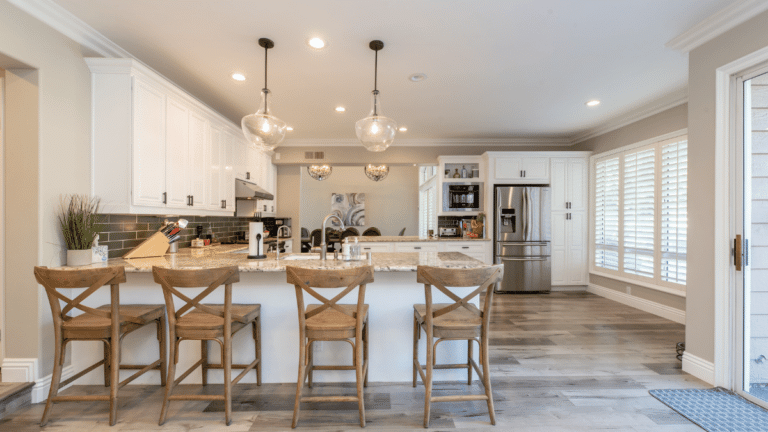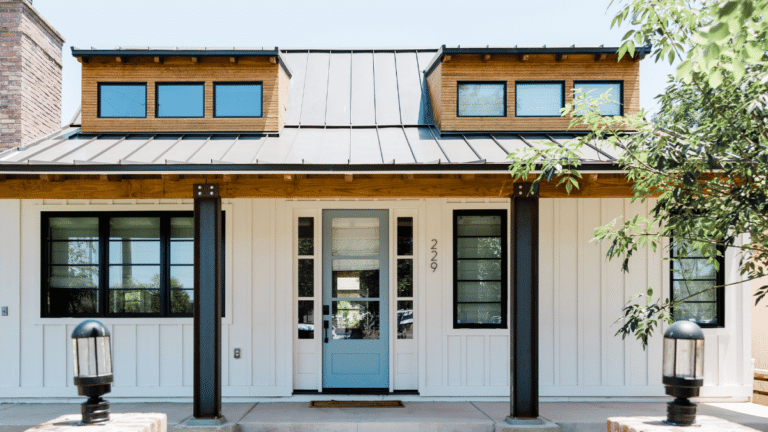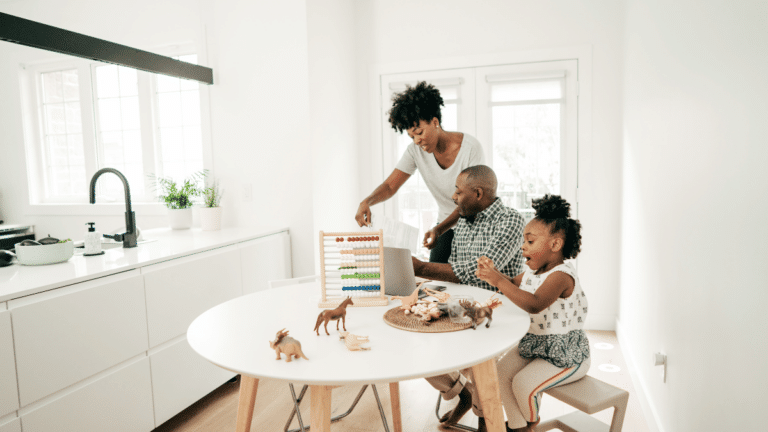I’m still amazed at how many people I speak with who believe that you need 20% down to purchase a home. Maybe you’re reading this and you have also believed that was true. The great thing about all of the home buying programs available now, is that you don’t actually need a large down payment to buy a home.
However, in order to provide low or even no down payment options, there is a fee. The dreaded PMI!! (insert scary noises here)
What is Private Mortgage Insurance?
PMI or Private Mortgage Insurance is a type of mortgage insurance that homebuyers typically need to pay when they put less than 20% down.
The awesome low-down-payment programs we have would not be possible without PMI. Putting down 3% or no percent ($0 down) is great, but it leaves the bank giving you the loan at risk.
When the bank agrees to lend you the money for a home, they are accepting the risk that the home will still be worth something in the event you stop paying them. When you put 20% down it gives the bank a good cushion to handle things that tend to happen when someone gives up on their mortgage.
Things like:
- Cleaning The Home
- Repairing The Home
- Listing The Home
- Fees for Selling The Home
So if you don’t put 20% down the bank would have to risk that cost, and it’s an even higher risk because you don’t have any “skin” in the game.
So PMI is a way to help the banks offset their risk, still give you a loan with a low down payment, because let’s be honest, coming up with 20% down in this market is tough.
Private mortgage insurance insures the bank 25% of the purchase price of the home in the event the borrower stops making payments and gets foreclosed on.
So your next logical question is great, but how much is this going to cost?
How Much is PMI?
The price or what you pay each month or upfront for PMI varies depending on the loan and other factors.
Conventional Loans
On conventional loans, there is no fixed percentage amount for PMI. There are three factors that determine your PMI Cost on a Conventional loan.
- Credit Score
- Loan-to-Value
- Debt-to-Income Ratio
The higher your credit score, the lower your mortgage factor (the rate you pay) will be. However, if you have a high credit score, but a low down payment, and a lot of debt you will pay more than those who don’t.
Loan-to-value or LTV is the percentage of the home’s value that you are borrowing. So if you purchase a home and you put 5% down, your LTV would be 95%.
The lower your LTV the cheaper your PMI gets.
Debt-to-Income is also a factor, so if you have close the max, you will notice slight adjustments for that as well.
The two largest factors however are LTV and Credit Score. If those numbers are good, your payment will be low but if they aren’t it will be higher.
The rate you pay will be somewhere between $25 and $250 per month. Yes I know that’s a big range but the factors we just discussed will make your rate vary.
It also depends on how much you borrow. Someone who borrows $100,000 will pay much less than someone borrowing $300,000.
FHA Loans
With FHA loans the PMI “rate” is fixed for everyone regardless of credit score or LTV. This means everyone pays the same. This is great news if you have less than perfect credit but isn’t ideal if you have good scores.
FHA loans call their version of PMI Mortgage Insurance Premium and it’s 0.85% of the amount you owe annually.
Lenders will then take that number, divide it by 12 and that will be your monthly amount.
So if you owe $200,000 x 0.85% = $1700 annually. $1700/12 = $141.66
In this example your monthly payment would be $141.66
Now FHA also has something called Upfront Mortgage Insurance Premium or UFMIP, which is rolled into the loan when you buy a home.
Using the sample example as above this would be $4375 added into your loan amount. So you can see the PMI FHA can be fairly expensive.
However, it’s still not as expensive as putting 20% down which based on $200,0000 would be $40,000! 😲
USDA Rural Development Loan
The Rural Development Loan or RD Loan also has a version of PMI called the annual fee. While they don’t call it mortgage insurance it’s the same thing.
Rural Development charges 0.35% of the amount you owe as an annual fee. Again like FHA, lenders take this number and divide it by 12 to add it to your monthly payment.
On a $200,000 loan x 0.35% = $700
$700/12= $58.33.
Your monthly payment would be $58.33
Also like FHA, USDA also charges an upfront fee of 1% of your loan amount. Using the example above this would mean a $2,000 fee would be rolled into your loan.
Since USDA Rural Development loans don’t require a down payment this is a small price to pay for the flexibility of buying a home with no skin in the game.
VA Loans
VA loans don’t have any type of mortgage insurance. This helps to save the veteran a large chunk of money every month, plus they are $0 down as well.
So as you can see, buying a home without a down payment does come at some cost but it’s usually well worth it.
Remember the cost of rent is 100%, so never delay purchasing a home for years trying to save 20%. Homes appreciate much faster than savings do.
How to Avoid PMI?
Avoiding PMI, is fairly easy. If you want to buy a home without paying PMI each month, all you need to do is put 20% or more down and qualify for a conventional loan.
This 20% can be your own money, a gift from someone else, or in the form of a second mortgage.
How to Get Rid of PMI On Your Current Loan?
If you currently own a home and you have PMI on the loan there are a few ways you can have it removed.
Step 1: Determine what type of loan you have
Understanding which loan program you financed the home with will help you know what needs to be done. If you already have a conventional loan, then you just need to have at least 20% equity built into the home.
Your equity will be determined by an appraisal performed by an appraiser the bank chooses.
If you have an FHA or a USDA Loan, you’ll need to refinance your loan into a conventional loan. The reason for this is that with USDA and FHA, the mortgage insurance is permanent. The fee is for the life of the loan and the only way to escape it is to pay off the loan or refinance.
Step 2: Determine Your Equity
Once you understand what loan you currently have, you’ll need to assess how much equity you’ve built up. You’ll need 20% equity minimum in order to get rid of PMI.
Step 3: Refinance, Reduce Your Principal, or Request Cancellation
If you already have 20% equity in your home you’ll need to request the cancellation of PMI with your mortgage company. The mortgage company won’t automatically cancel until you reach 78%, so requesting it on your own can save you quite a bit.
If you don’t currently have 20% equity in your home but the value of your home has increased and you believe you will, refinancing is your next move.
When you refinance your home, an appraisal will be ordered and that will establish a new value for you home. As long as you have 20% equity after the new loan amount you’ll be able to refinance without PMI.
Finally, if you don’t have 20% equity, and the value of your home hasn’t increased you’ll need to reduce your principal in order to remove PMI. This means you’ll have to pay down the loan to reach the 20% equity you need.
Lenders call this a principal reduction and many servicers will allow you to do this without refinancing for a small one-time fee.
As you’ve learned PMI is an additional cost you’ll have to pay when buying a home without a large down payment, but we think for most it’s a worthwhile cost.
Saving 20% down can take years, so if you’re paying rent it’s a no-brainer!
